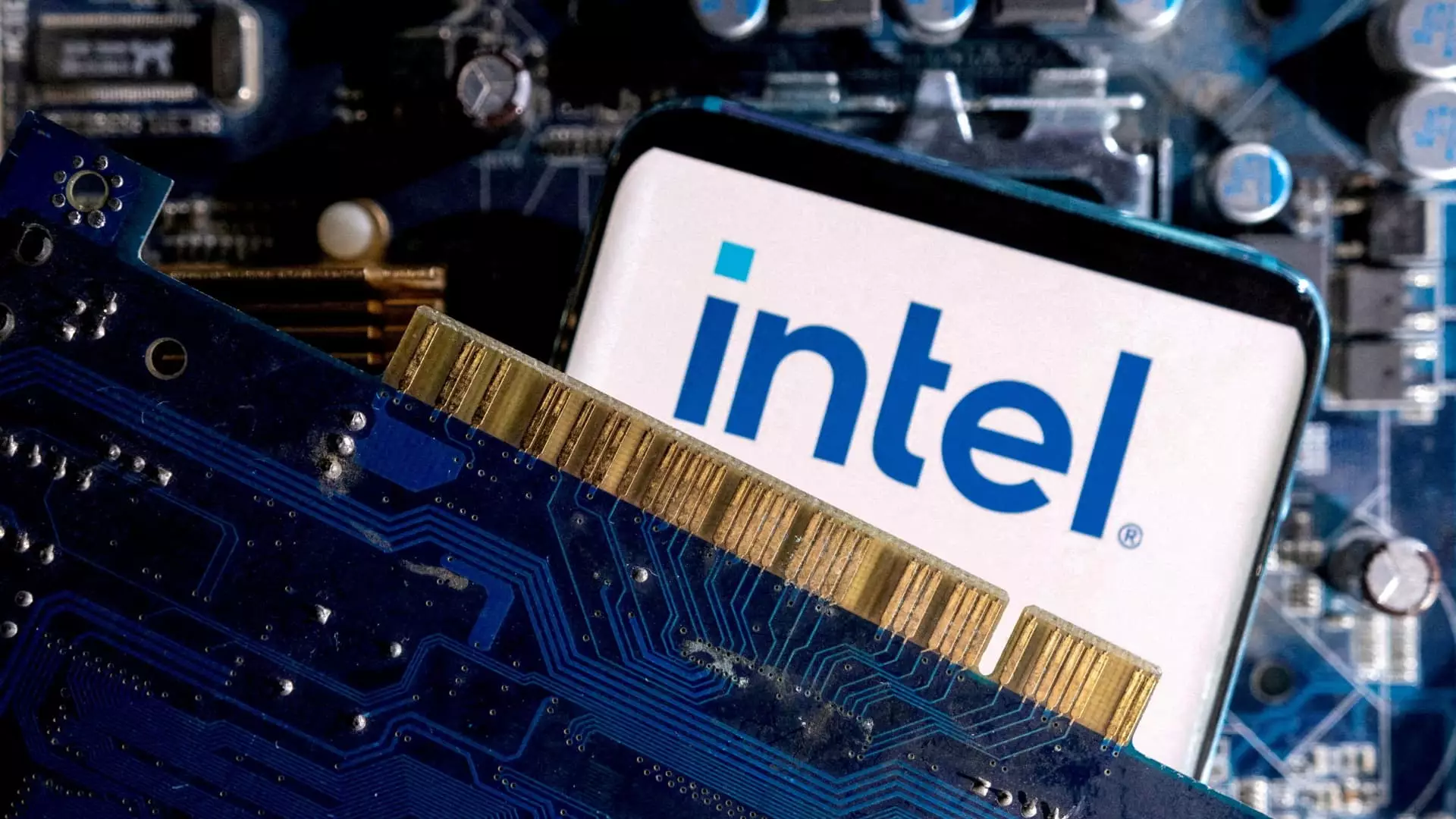On Tuesday, Intel Corporation experienced a sharp increase of over 10% in its stock price, spurred by a report from the Wall Street Journal suggesting that industry giants Broadcom and Taiwan Semiconductor Manufacturing Company (TSMC) may be contemplating strategic bids for the struggling semiconductor firm. This surge reflects how sensitive technology stocks are to rumors about mergers or acquisitions, underscoring the ongoing volatility in the semiconductor market, which has seen major fluctuations in recent years. While both companies are reportedly in informal discussions, neither has formally submitted offers, leaving investors in a mix of speculation and cautious optimism.
Despite the recent uptick, Intel’s journey over the past few years has been marked by a significant downturn. The iconic chipmaker has watched its market value erode dramatically, struggling to keep pace with the accelerating demand for artificial intelligence (AI) technologies, which have disproportionately benefited its competitors. This year has been particularly tumultuous, with stocks hit hard following disappointing quarterly earnings that represented the worst performance in five decades. These events serve to highlight the urgent need for strategic realignment within Intel, as it grapples with both technological advancements and stiff competition in an evolving market landscape.
The challenges have not only been financial but managerial as well, culminating in the ousting of CEO Pat Gelsinger in December. This decision reflects a growing dissatisfaction among the board and shareholders regarding the company’s trajectory. The leadership transition amplifies the uncertainties surrounding the company’s vision and future direction, especially as significant workforce reductions—approximately 15%—were announced to cut costs. Such moves illustrate the extent to which Intel is attempting to recalibrate itself amid fierce competition from industry players like Qualcomm, which has reportedly expressed interest in a takeover.
As Intel navigates these turbulent waters, the rumors of potential acquisitions by Broadcom and TSMC could represent a pivotal moment for the company. If formal bids are made and negotiations materialize, it may lead to a restructuring that could either revitalize Intel or fundamentally alter its corporate landscape. The ongoing discussions are indicative of the broader trends within the semiconductor sector, where consolidation may become essential for survival in the face of rapid technological evolution. As the situation unfolds, stakeholders will be watching closely to see if Intel can reclaim its former glory or if it will continue to be overshadowed by more agile competitors.
While Intel shares have seen a recent resurgence, the challenges the company faces are multifaceted and deeply entrenched. The need for strategic partnerships or acquisitions is palpable, as the industry shifts toward new technologies and market dynamics, casting a long shadow over Intel’s historical dominance in the semiconductor field.

